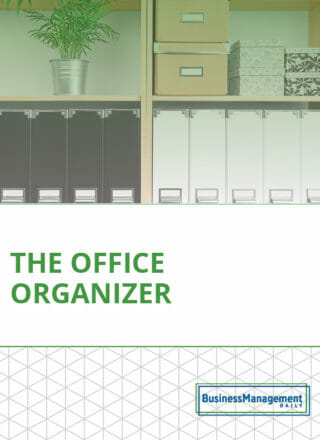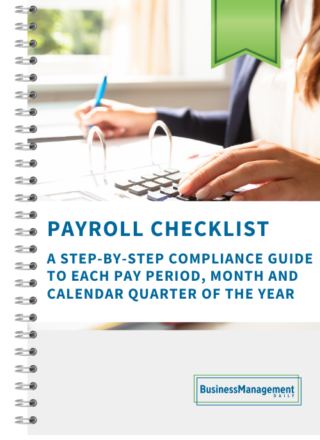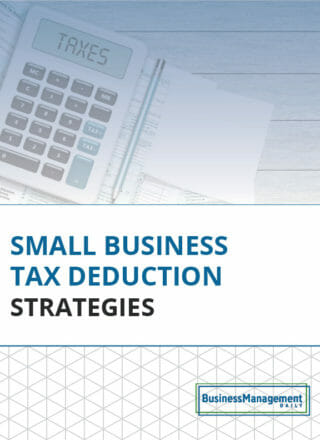IRS provides additional information on IRIS system
The IRS is so serious about IRIS, its new simplified e-filing platform for information returns, that it’s convening monthly working group meetings over the internet. As far as we can remember, it didn’t do this when FIRE was introduced.
Billie Crawford, an IRS project manager of development services at the IRS, hosted the second IRIS working group meeting last week.
First meeting leftovers
The first IRIS working group meeting generated a lot of questions, which Crawford addressed.
- You can e-file through FIRE and IRIS, but don’t file the same returns through both platforms.
- Corrected returns must be filed through the same platform as your original returns were filed.
- IRIS’ next phase will include forms in the 1097 and 1098 series, 5498 series, and Forms 3921 and 3922.
You may email IRIS-specific questions directly to the working group at irs.e-helpmail@irs.gov. The subject line and first line of your email should be marked IRIS Working Group.
Don’t be shy: The IRS will either answer your questions at its next working group meeting in November or respond to you directly.
TCCs, again (or still)
Transmitter control codes—what they are and how to get one—are still flummoxing e-filers. TCCs, Crawford said, are your e-filing credential. They are five-character alphanumeric codes identifying the e-filer. Prior to getting a TCC, you must create an account at ID.me validating that you are who you say you are.
The IRS’ partnering with ID.me for authentication purposes has been somewhat controversial. But if you have an ID.me account for another federal agency, it will work with the IRS as well.
The TCC links directly to your business. If you’re going to e-file returns for another business besides your own as a transmitter, you’ll need to get a separate TCC. Transmitters must do one communication with the IRS as an assurance test.
To apply for a TCC, a minimum of two responsible corporate officials and two corporate contacts are required. But ROs and contacts can be the same person. The two-person rule applies to S corps, including single-member S corps, but not to sole proprietors or single-member LLCs, which only need one RO and contact.
Don’t have two? ROs don’t necessarily need to be associated with the company. They can be a family member or a friend.
Taxpayer Portal
All non-bulk IRIS e-filers e-file through the Taxpayer Portal.
If you’re accustomed to e-filing Forms 1095-C through the IRS’ AIR system, Crawford has some news for you: The AIR user interface is XML-based, and IRIS isn’t and never will be. The IRIS Taxpayer Portal interface points to the Taxpayer Portal dashboard for manual entry or CSV upload.
Crawford pointed out a handy feature of IRIS: You can save your (i.e., payer) information from year to year using the Issuer Management icon, and if you’re filing for another payer, you can save up to 25 entries. Payee information can’t be saved.
You can file incomplete returns through IRIS (e.g., forms missing payees’ Social Security numbers), but you may be setting yourself up for a pricey penalty. A pop-up box will tell you information is missing.
CSV upload
Only non-bulk e-filers can use the CSV option to upload files to the IRS. You can upload only one file at a time, with 100 forms per file. Although 1099 forms look standard, they are not, and Crawford advised e-filers to use the most current CSV template for the form they’re e-filing.
Form-specific template-formatting guidelines are available in the Taxpayer Portal; select the Template Formatting Guidelines link in the FAQs located within the Upload CSV with Form Data option.
Uploading isn’t automatic, Crawford warned. Your files will be saved to unsubmitted forms. You should review them and then upload them. You should be wary of the following:
- Spreadsheet software will often format long numbers as scientific notations.
- Spreadsheet software will often format dates in unallowable formats.
- Be sure to save as a CSV file after making updates.



